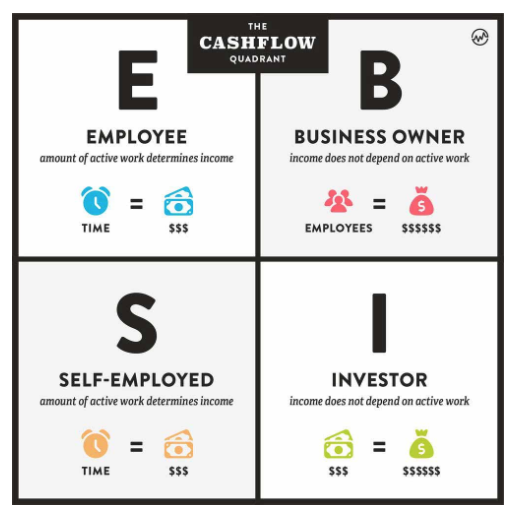One of Stephen Covey’s seven habits of highly successful people is to “start with the end in mind.” We use this a lot at our Ranching for Profit School, particularly during the evening coaching sessions when students are preparing their economic numbers. The Ranching for Profit economic model breaks down a business into gross margins and overhead costs:

Typically we start with the gross margins for each enterprise, add those up for a total gross margin, and compare that to business overheads for calculating profit or loss. However in some instances, we actually work backwards by calculating the overheads first. This is a useful process because it helps decision making by finding the best enterprise to pay for those overheads. The sample ranch below with one enterprise has $300,000 of overhead costs. Knowing the dollar amount of the overhead costs helps with decision making on how to generate enough value to pay for overheads or to consider different business alternatives.

It is fairly common for a plain old cow/calf ranch to have 6-8 enterprises. The ranch sees themself as a cow/calf ranch, but they also raise their own replacement heifers, background the steer calves to sell in load lots, then finish the remaining calves to sell as freezer beef. They have a spring and fall calving herd so that doubles those enterprises. Oh and I almost forgot, they put up their own alfalfa and grass hay to feed, and have a small chunk of farm ground in a grain crop rotation. I think you get the point I am trying to make here. It is highly likely that at best only three of those enterprises are moving the needle for the business and are worth their time and resources. There is a minimum amount of overheads needed for any business, so let’s focus on the best enterprises that effectively use those overheads.
Most businesses that come to an RFP school are existing businesses, but what about startups? We can use the exact same process. Look out five years in the future and envision what you want the business to look like and determine those overheads. That will give us a realistic timeline to build enterprises at scale for profits. I keep referring to “business” because any industry can use the same process. The local grocery store, hotel, or shoe shop in town will have enterprises with gross margins, and overheads to open the doors and turn the lights on. For example, Raising Cane’s fast food chain only has a few choices on the menu, but they do an excellent job on those enterprises. Overheads are land and labor, everyone needs a place to operate and people to provide the service or build the product.
Working backwards is also useful as people progress through Robert Kiyosaki’s cashflow quadrant. If you want to be self-employed or start a business, you better make at least as much as you could earn at an off-farm job in town. Otherwise the added stress and responsibility of running your own business won’t be worth the time and effort. Each quadrant has its pros and cons, but realizing what your expectations are will give you the most fulfillment in that stage of your life.

Overall, it is easy to get consumed in life and business just working to pay bills. If we have clear financial goals and expectations (overheads and a profit target) for our business and our life, we can focus on the highest value enterprises (gross margins and owner fulfillment).




I’m very happy to see you use Raising Canes as an example. There are some crazy people out there who think that Chik Fil A serves better chicken. It’s madness.
Thanks for the article!!